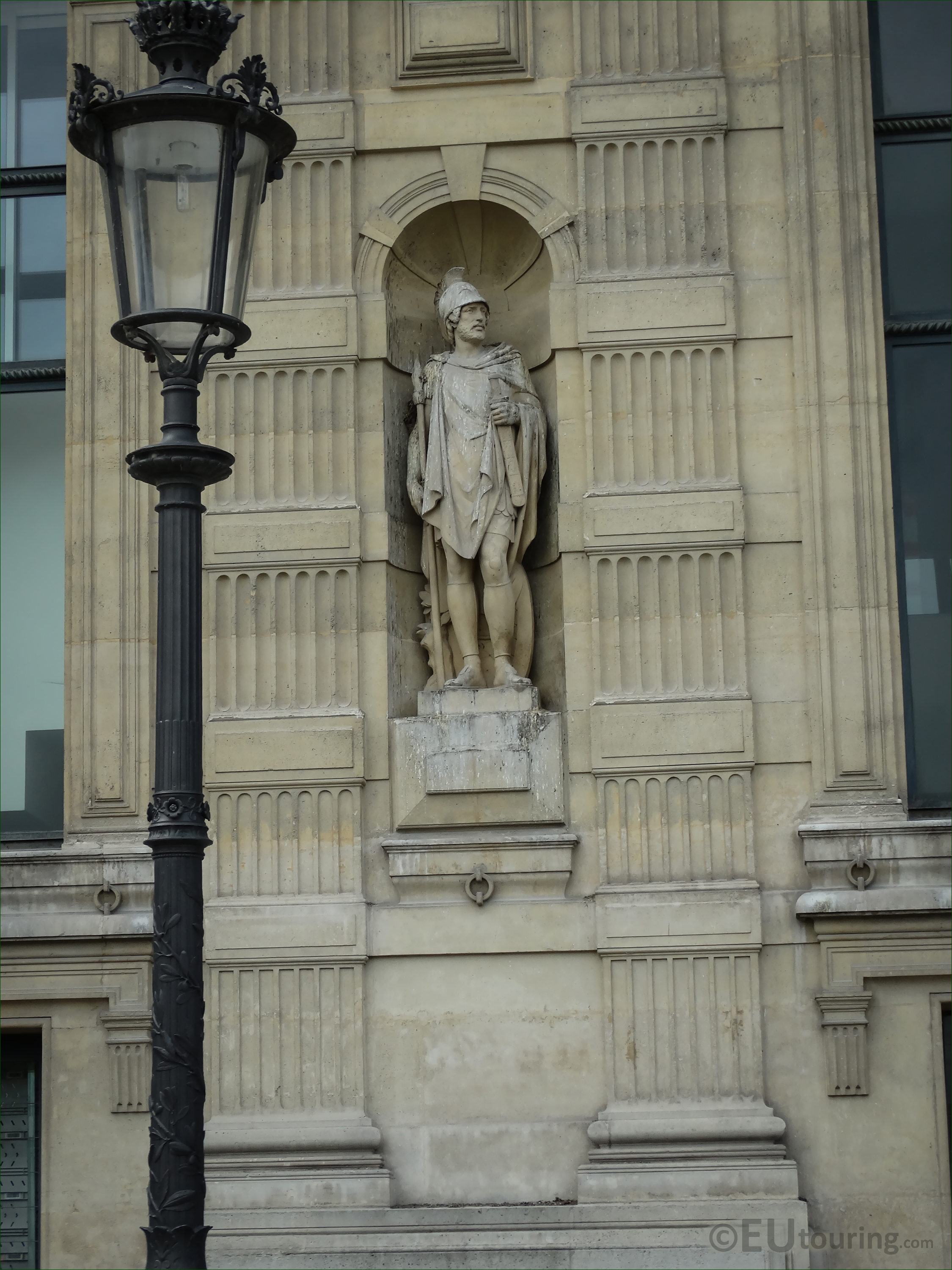

However, they were not mere ornaments, but also the effigies of ancient gods in human form. Temples, streets, buildings and public places were opulently decorated with them. The Ancient Home proudly offers Greek & Roman sculpture for sale painted in different colors such as bronze finishes, black basalt, various colorful faux marbles, and gold gilding upon request.A Greek statue combines aesthetics, religion and appreciationĪncient cities were virtually covered in Greek mythology statues.

This idea does not sound that absurd when considering as an example the ancient Romans, famous about other polychrome art forms: colorful wall frescoes, polychrome mosaics, employment of marbles with different colors and painted faux marbles.įaux marble painted bust sculpture of Antinous We are so accustomed to pure white sculpture that the idea of painted statuary is shocking. Richly decorated with colors, even though classical sculpture is usually associated with pure white marble, the reality was much different. Truly a fascinating topic still being researched that cannot be easily presumed.īased on research, the following video shows various proposals of colors of the renown painted Roman statue of Augustus of Prima Porta: Conclusion Possibly the majority of Roman sculptures could have solely one, two or three colors by the combination of paint and marble of different colors. There are many theories questioning whether Roman sculpture tends to be monochrome or less colorful than the Greek polychromy. While marble made a statue special and strong, this material was not that costly like bronze, ivory, and gold, neither ordinary like wood. While the Greeks tended to work with wood or bronze, materials that do not survive sacks, fires or the unforgiving time, marble statuary would last longer than any other material, still an abundant resource in Italy and Greece.Įvidently, Ancient Greeks used marble to build architectural wonders, and therefore, also used marble to create statuary that would perfectly match with the building housing them. Unfortunately, most of the surviving classical sculpture are models made of marble, the majority Roman and their marble copies of original Greek statuary. Photography by Istanbul Archaeological Museum Differences between Greek and Roman painted statues Colors were delimiting the elements of G reek statues painted like the clothes, hair, lips or nipples, as a mere way of enhancing the artistry of the classical forms and achieving a lifelike, polychromed statuary. The sculptures of the Greek world were in some cases completely, or partially painted. Reconstruction of painted Greek entablature. Tympanums were blue and roof tiles were colorfully pigmented. The pigment rests found on buildings and statues in the Acropolis of Athens, in addition to the microscopic research in the last centuries have proved that the Greeks were not only coloring temple's floors with red stucco, but also entablatures from top to bottom: capitals and architraves typically with carmine pigments, cornices were richly decorated with blue, ochre, yellow and green.

(Staatliche Antikensammlungen und Glyptothek)Īn interesting video about the research and reconstruction of a relief from the Temple of Aphaea in colors: Photography taken in the museum of Munich In such a way, the master painters of the Greek world were able to enhance the beauty of sculptural forms with contrasting tones that would allow the appreciation of details of the Greek statues painted from a far distance. Certainly, the majority of statues or architectural elements like capitals, columns and friezes were richly painted with bright colors, in some cases complementary. Well-known are the colorful statues and buildings of the Assyrians and Egyptians temples, but when it comes to the Greeks, a surprising fact to many people is the polychrome sculpture of the classical era. Polychrome is the art of painting with colors, whether it is two-dimensional (pictures, walls) or three-dimensional (sculpture, architectural elements).


 0 kommentar(er)
0 kommentar(er)
